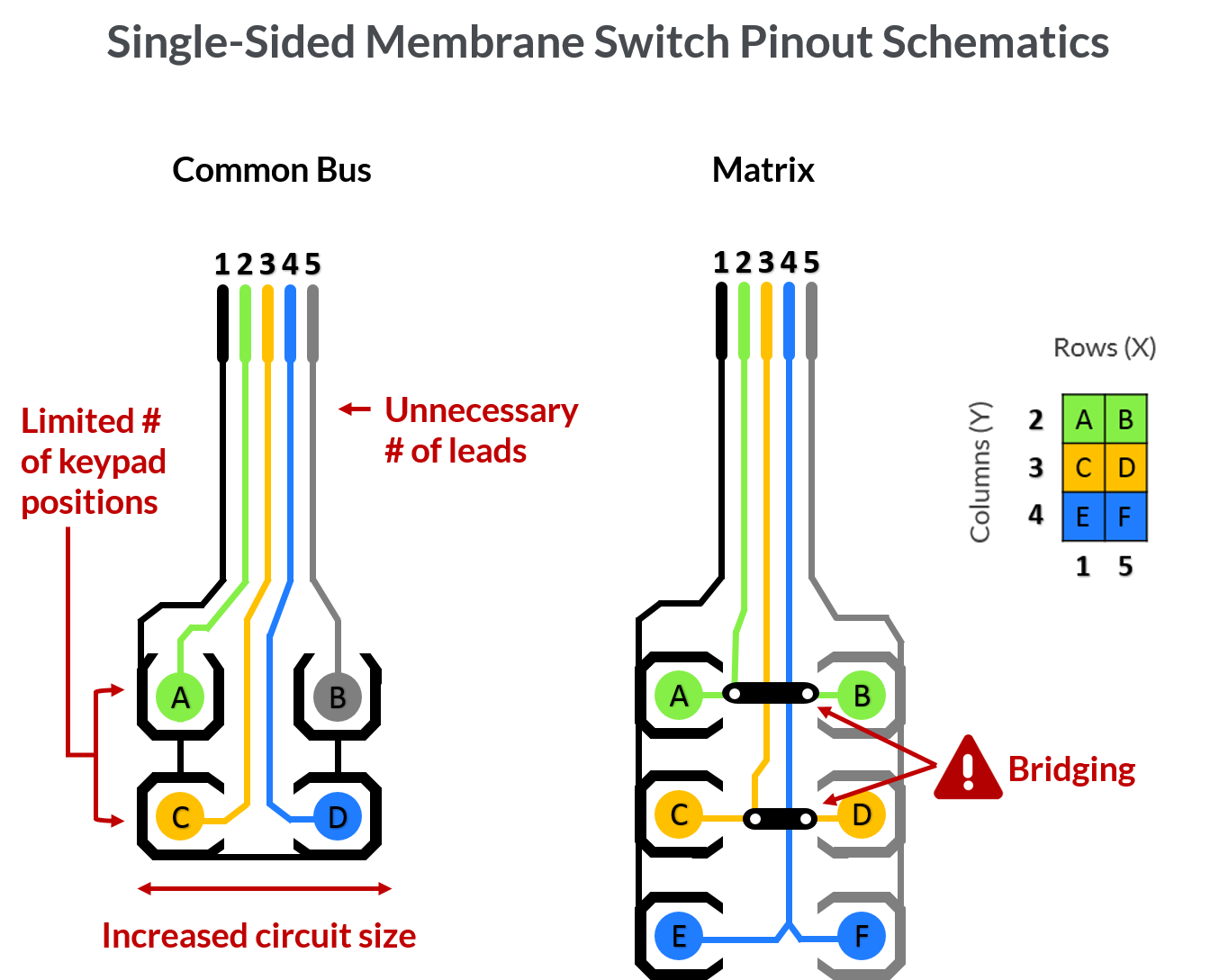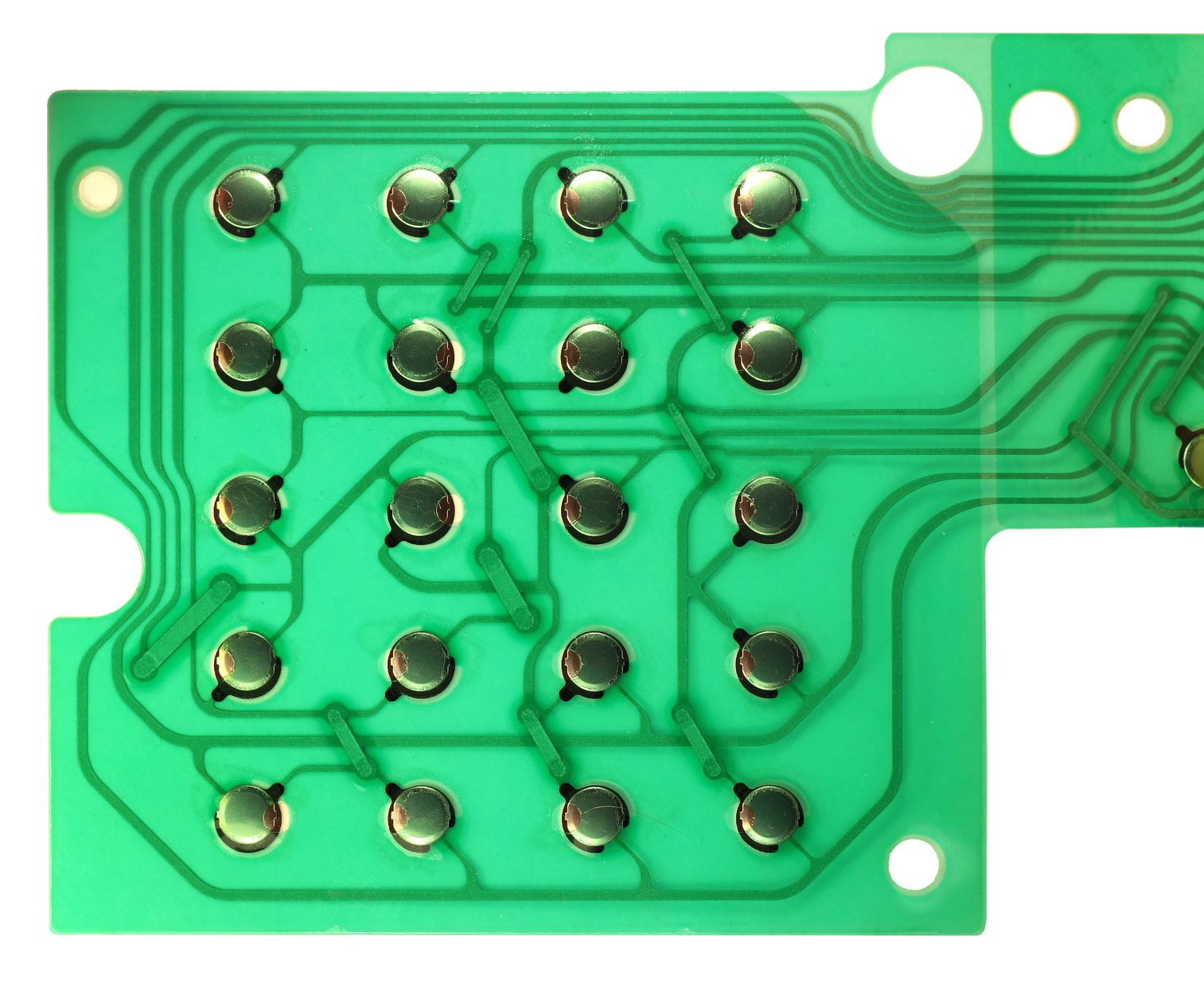Just How to Ensure Durability and Dependability with a High-Quality Membrane Switch
Just How to Ensure Durability and Dependability with a High-Quality Membrane Switch
Blog Article
Comprehending the Performance of Membrane Switches for Interface Devices
The capability of membrane layer changes represents a significant improvement in interface style, integrating performance with visual adaptability. These switches run with a multi-layered framework that equates customer communications right into electrical signals, permitting both portable designs and strength versus ecological elements. As markets progressively focus on individual experience, understanding the subtleties of membrane layer button innovation ends up being important. What effects do these developments hold for future applications, and how might they redefine customer interactions across various tools?
What Are Membrane Buttons?
Membrane buttons are innovative interface tools that promote user interaction with electronic devices. These flexible elements are composed of numerous layers, including a graphic overlay, spacer, and a published circuit layer. The design permits for a smooth combination into different electronic devices, boosting both the aesthetic and functional facets of customer interfaces.
Membrane layer switches are typically used in a large range of applications, from household devices to industrial equipment and medical gadgets. Their building and construction normally includes a slim account, making them a suitable selection for portable layouts. The tactile feedback supplied by these buttons can be crafted to fulfill particular user choices, making sure effective communication in between the user and the tool.
Durability is another considerable benefit of membrane layer switches, as they are immune to dust, moisture, and chemicals, which improves their life expectancy popular atmospheres. Furthermore, these buttons can be customized in regards to form, dimension, and visuals layout, enabling branding and user-specific attributes. On the whole, membrane changes represent a sensible remedy for enhancing customer experience in electronic devices, combining functionality with aesthetic allure in a reliable way.
How Membrane Switches Work
Operating on a straightforward concept, membrane changes make use of a split building and construction to sign up individual input efficiently. Each button includes several layers, consisting of a printed circuit layer, a spacer layer, and a top graphic layer, which are designed to function together seamlessly. When an individual presses the leading layer, it compresses the spacer layer, bringing the conductive aspects of the circuit layer into contact with each other.
This call produces a shut circuit, indicating the tool to perform a particular feature. The style permits for various arrangements, including responsive comments, which can enhance the customer experience by supplying a physical feeling upon activation. The materials utilized in membrane buttons frequently consist of adaptable substrates, such as polyester or polycarbonate, which make certain toughness and strength versus wear and tear.

Trick Benefits of Membrane Switches

An additional substantial benefit is their compactness. Membrane buttons are thin and light-weight, which enables makers to conserve area in their gadgets without sacrificing capability. This attribute is particularly valuable in applications where weight and volume are essential considerations.
Additionally, membrane buttons are immune to dust, moisture, and chemicals, improving their sturdiness. This resilience prolongs their lifespan and lowers the demand for constant replacements, leading to price financial savings with time.
In addition, the responsive comments offered by membrane layer buttons can be enhanced to improve user communication. They can consist of features such as increased buttons or distinct basics clicks, enhancing functionality and individual experience.
Applications Throughout Industries
Interface devices utilizing membrane layer switches prevail in a large array of industries, showcasing their flexibility and capability. Membrane Switch. In the clinical sector, membrane buttons are important to gadgets such as diagnostic tools and person monitoring systems, where their sturdiness and ease of cleaning are vital for preserving hygiene criteria. In a similar way, in the automobile sector, these buttons are utilized in control panel controls and infomercial systems, offering a smooth and modern user interface for users.
In addition, the consumer electronics sector gain from membrane layer switches in appliances and handheld tools, where small design and user-friendly interfaces enhance individual experience. Industrial applications likewise take advantage of membrane switches for control board in equipment and automation systems, stressing their robustness and resistance to rough atmospheres.
In the aerospace and defense sectors, membrane layer buttons are used in cockpit controls and tools, where integrity and efficiency under severe problems are paramount. In addition, the pc gaming market increasingly incorporates membrane buttons in controllers and game devices, adding to an interesting user experience. Generally, the versatility of membrane switches over enables their widespread usage across many markets, highlighting their relevance in modern individual interface style.
Future Fads in Membrane Layer Switch Over Modern Technology

In addition, making use of sophisticated products, such as polycarbonate and polyester films, is expected to rise, providing boosted resilience and resistance to ecological stress factors. These materials contribute to the general longevity of membrane switches, making them suitable for harsher commercial applications.
Moreover, the unification of smart technology, including IoT connectivity, will certainly allow membrane switches to communicate with other devices and Check Out Your URL systems, helping with a more interactive individual experience. This trend aligns with the growing demand for smart tools throughout different fields, from Source healthcare to consumer electronic devices.
Lastly, personalization choices are expected to increase, enabling manufacturers to create bespoke remedies tailored to specific individual requirements and choices. These growths will certainly position membrane layer switches as vital elements in the advancement of user interface modern technology.
Conclusion
In verdict, membrane layer switches represent a crucial development in customer interface technology, providing a reliable and flexible service for varied electronic applications. As developments in product science and touch sensing innovations continue, the functionality and applicability of membrane buttons are anticipated to increase, enhancing their significance in modern-day electronic devices.
Report this page